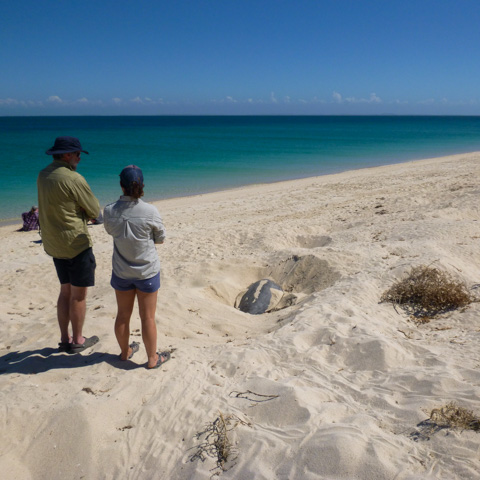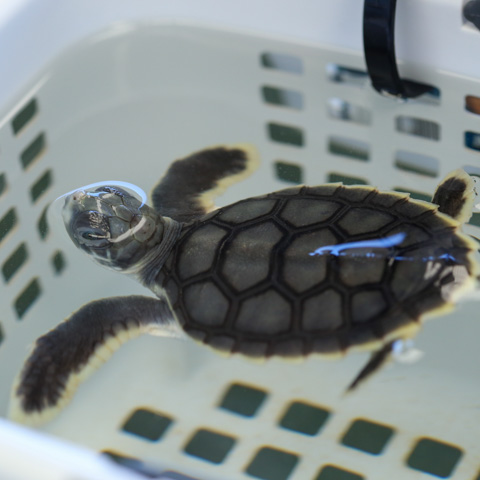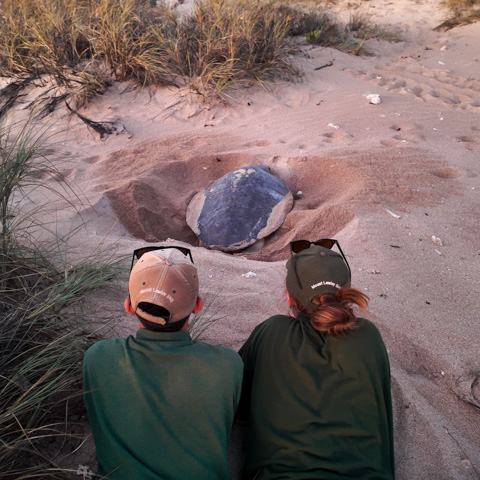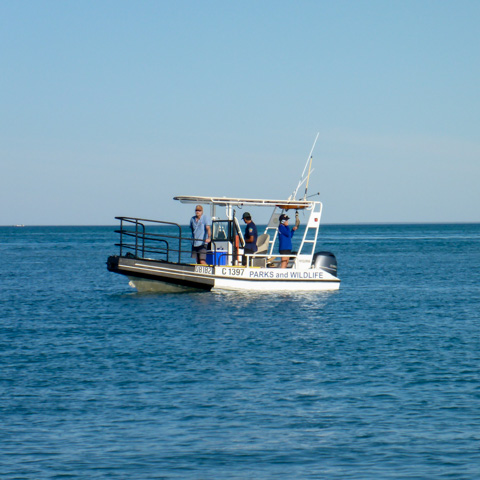Understanding a unique Australian turtle
Flatback turtles don't just look different from other species of marine turtles – they also have a different life cycle to other species and spend almost all of their life in Australia. Flatbacks nest throughout Northern Australia, which includes parts of Western Australia, Northern Territory and Queensland.
FLATBACK LIFE CYCLE GRAPHIC TO BE UPLOADED HERE
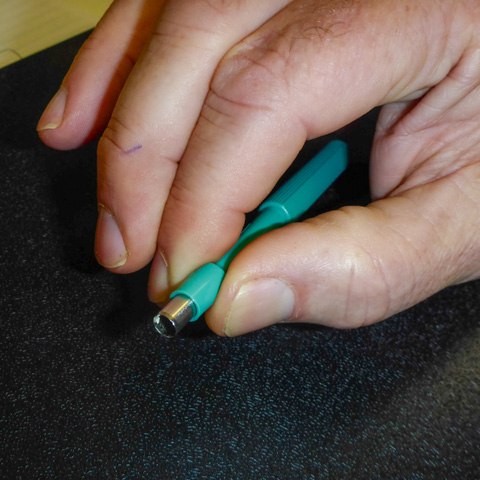
There are seven genetically distinct stocks (a scientific word for “populations”) of flatback turtles within Australia, five of which are in Western Australia. This program concentrates on the North West Shelf stock in the Pilbara region of Western Australia. The other genetic stocks in Western Australia are Eighty Mile Beach, south-western Kimberley, north-western Kimberley and Joseph Bonaparte Gulf. Photo - DBCA
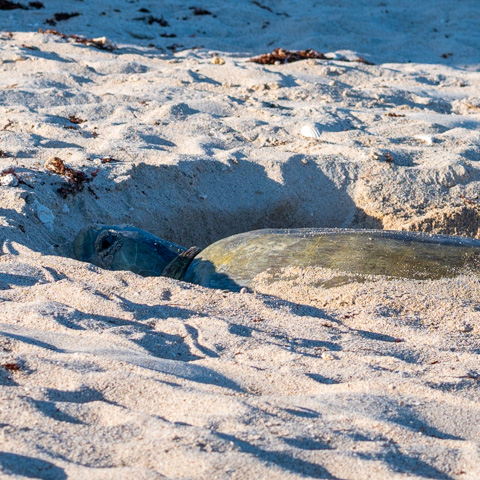
Female marine turtles will return to a rookery (nesting beach) close to where they were born to lay eggs – for the North West Shelf flatback turtles this is between Exmouth Gulf and just south of Eighty Mile Beach. Females will travel a short distance from the shore to find a suitable location for their nest, and if they feel safe, will dig a hole with their back flippers, lay 50 – 70 eggs and then fill the hole back in before returning to the water. Flatback turtles lay fewer, but bigger eggs than other species of marine turtle. Photo - Tristan Simpson/DBCA
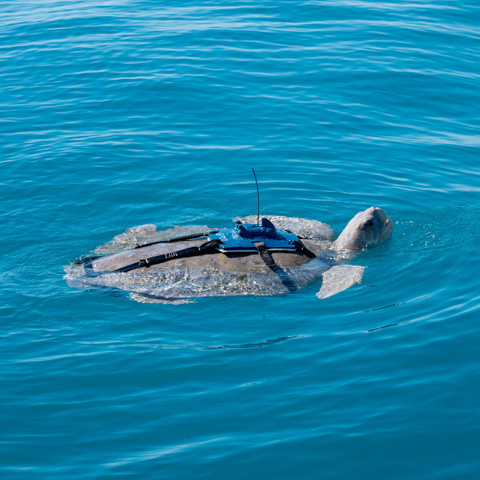
Flatback turtles spend almost all of their time within Australian waters, travelling hundreds of kilometres between their nesting beaches and the areas where they forage (eat) and mate. While this sounds like a long distance, it is quite small compared to other marine turtle species, some of which travel thousands of kilometres around the world during their migration. Photo - Tristan Simpson/DBCA
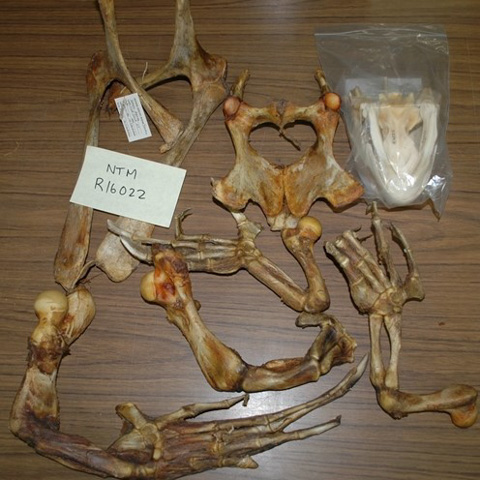
By counting the rings in their bones (like you would do with a tree) scientists have discovered that flatback turtles start reproducing when they are approximately sixteen years old and live to approximately 50 years old. Females lay eggs every two to three years, meaning they could lay around 2000 eggs over their lifetime! Photo - DBCA





